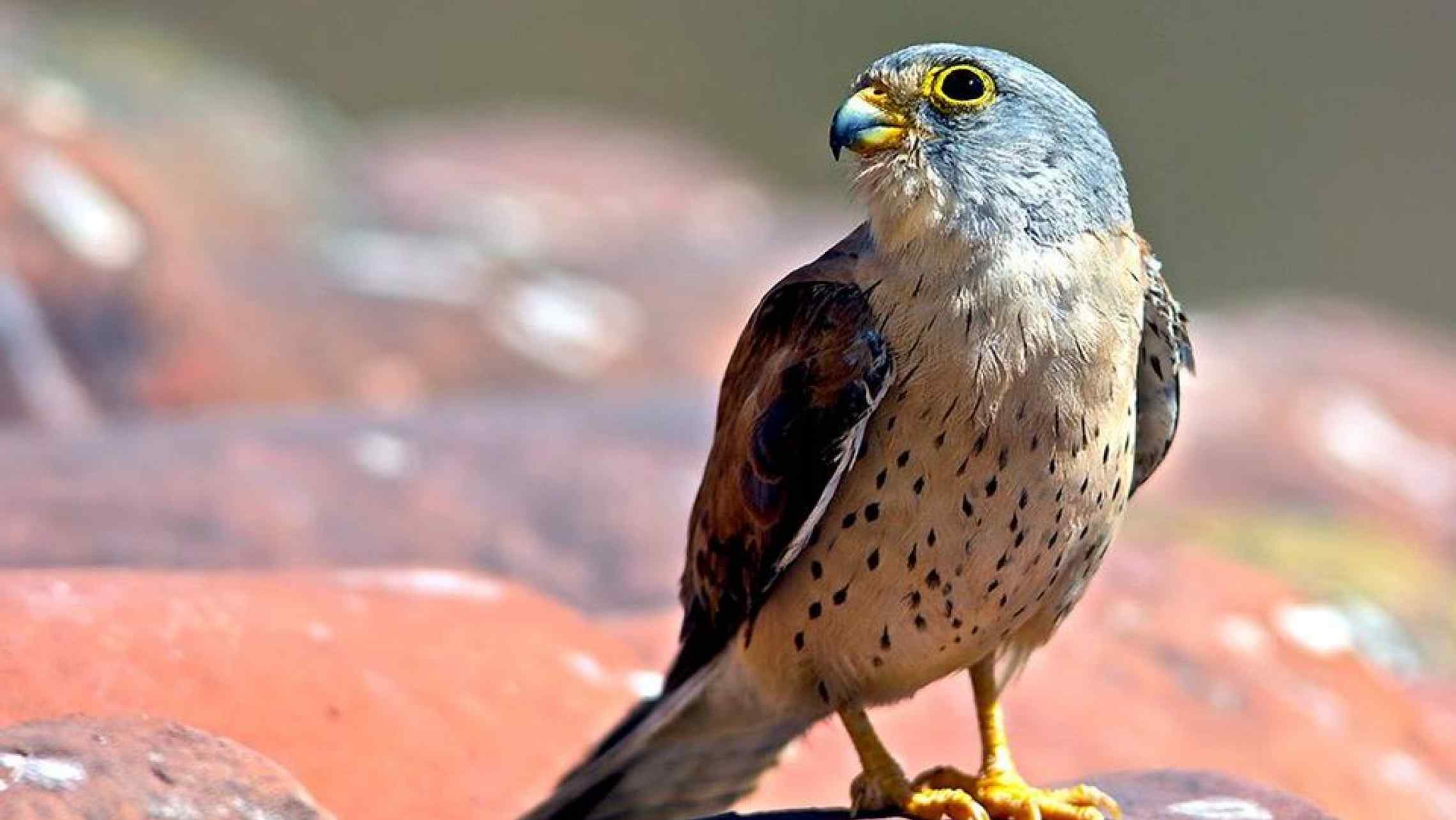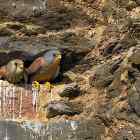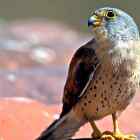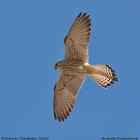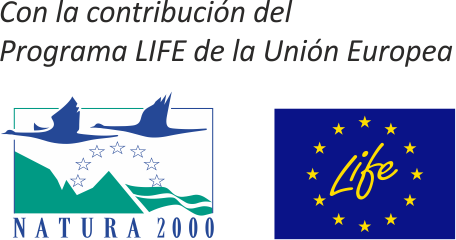The lesser kestrel (Falco naumanni) is a small falcon and as such is integrated into the Falconidae family. Traditionally, the Falconidae were in turn integrated into the Accipitriformes order along with eagles, hawks, kites, buzzards, harriers, and vultures (Accipitridae), the osprey (Pandionidae), condors, and black vultures (Cathartidae) and the secretarybird (Sagittariidae); but, at the 2011 International Ornithological Congress, they were separated into their own order, Falconiformes, keeping the rest of the families in Accipitriformes and thus leaving the diurnal birds of prey separated into two different orders.
These changes occurred mainly as a result of new genetic research (Hackett 2008) whose results distanced both groups of birds, while the results of a new study (Pyle 2013) on the molting of wing feathers in falcons and parrots (which apparently is bidirectional; that is, molting takes place in both directions from the center -- something which is not the case in most other bird families) put the lesser kestrel closer to the latter group.
Thus, although falcons seem more like eagles and hawks, this is a case of evolutionary convergence, as Accipitriformes seem to be genetically closer to rollers, kingfishers, and bee-eaters (Coraciiformes), while our lesser kestrel is more closely related to parrots, cockatoos, and parakeets (Psittaciformes). What we do not know --at least not yet-- is whether parrots were falcons that began to eat fruits and seeds or if the falcons were parrots that began to eat meat.
